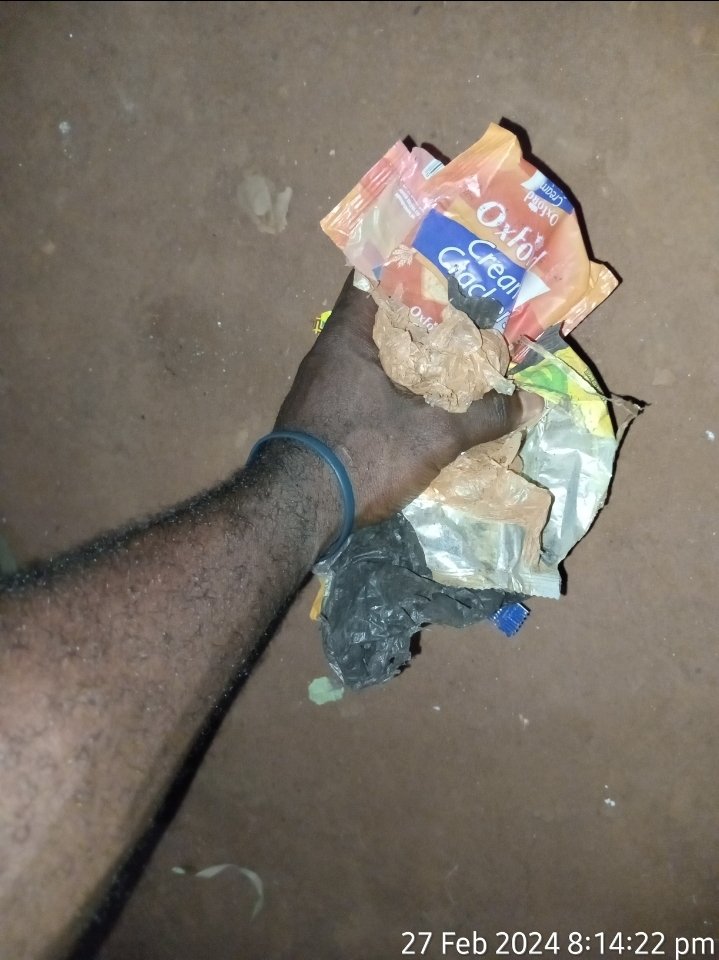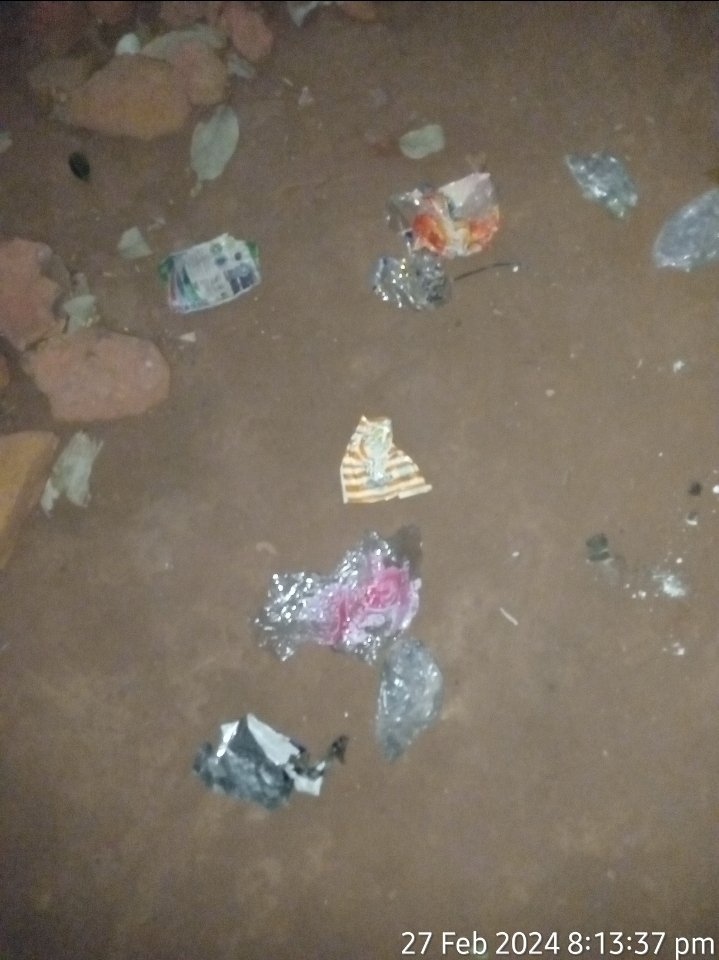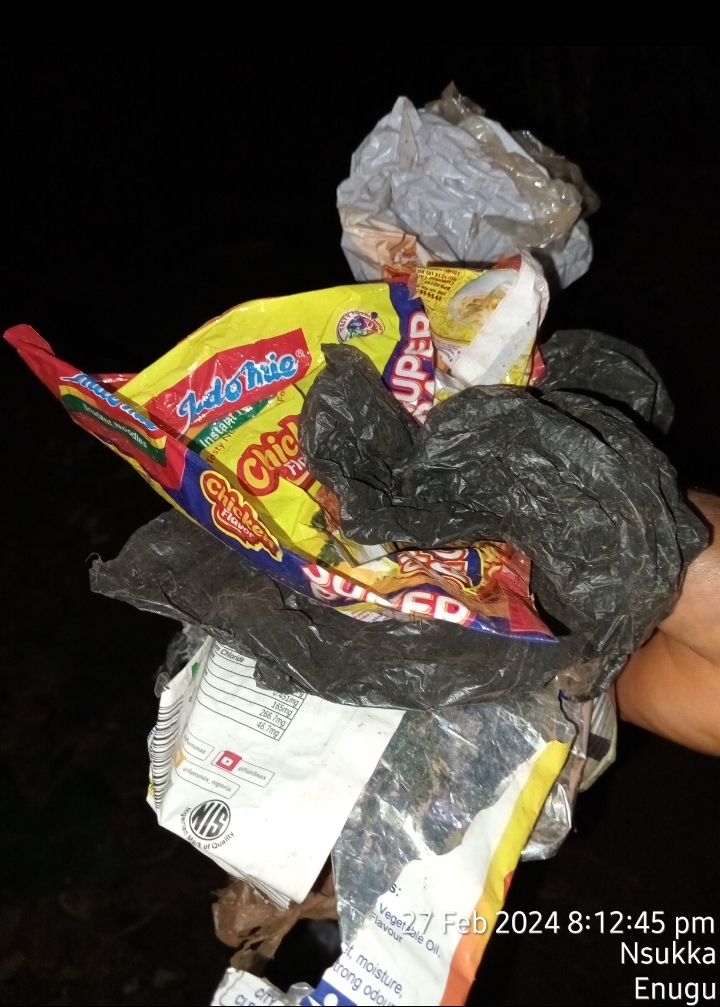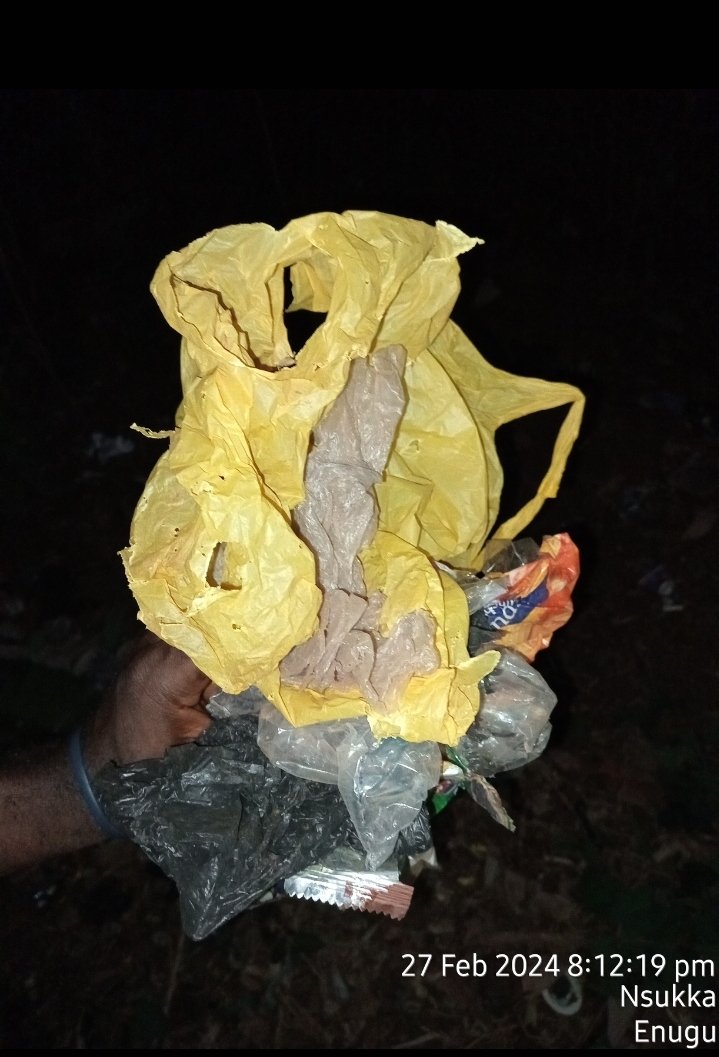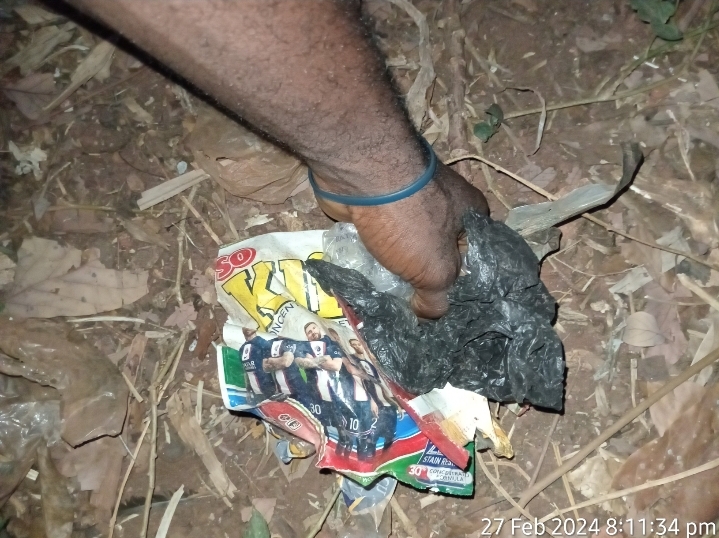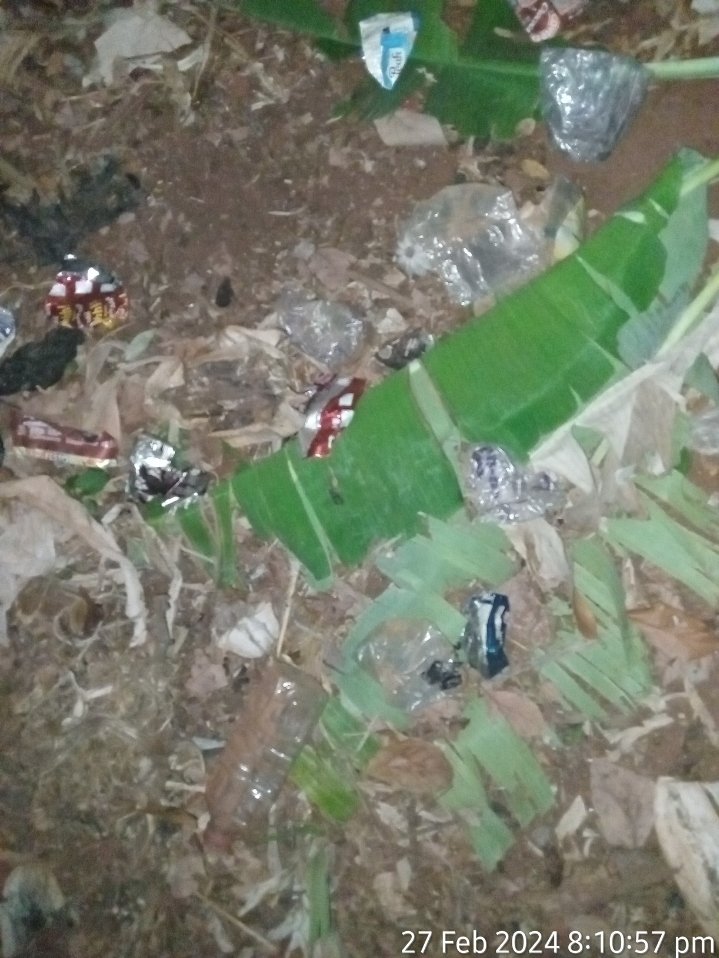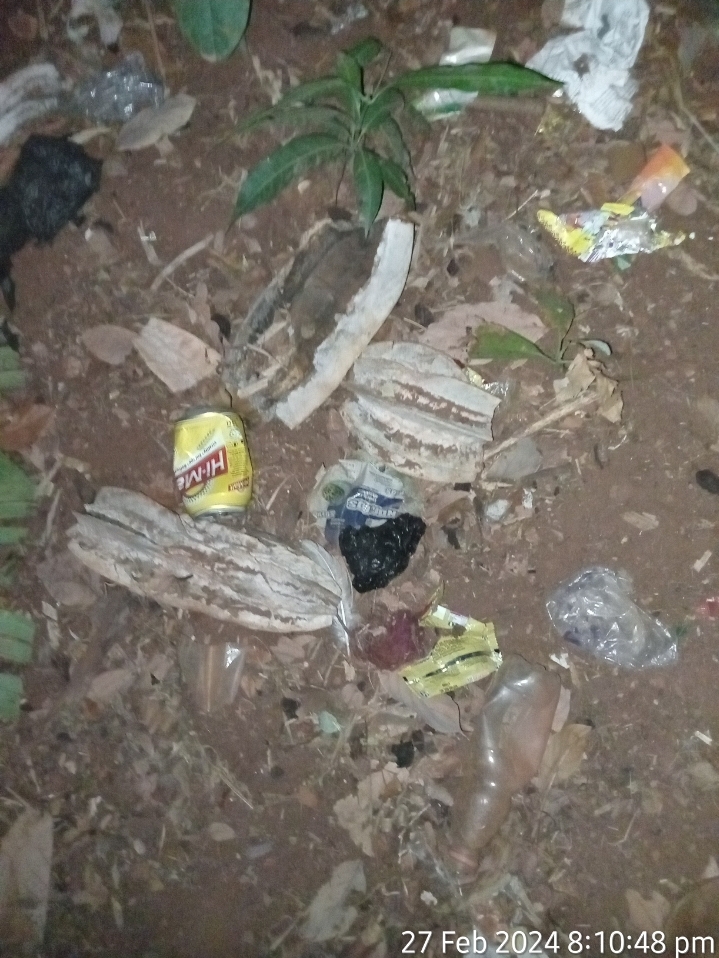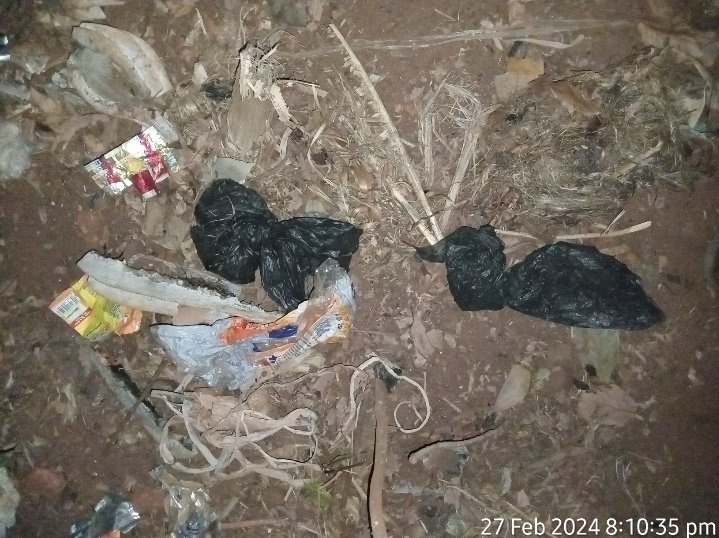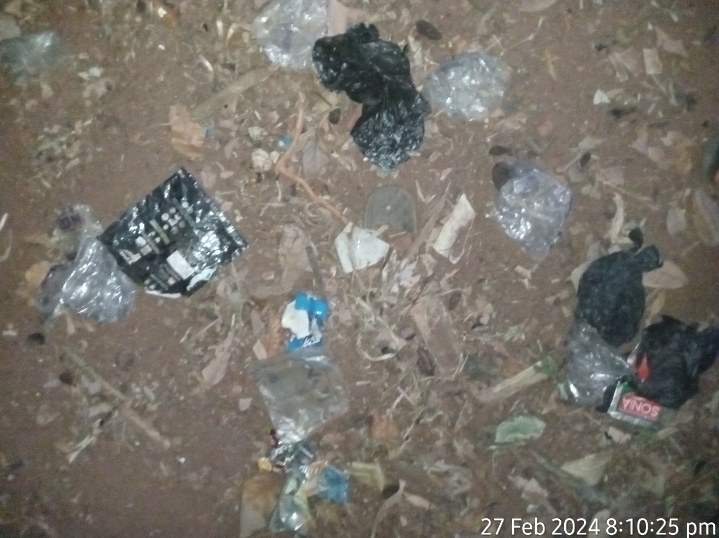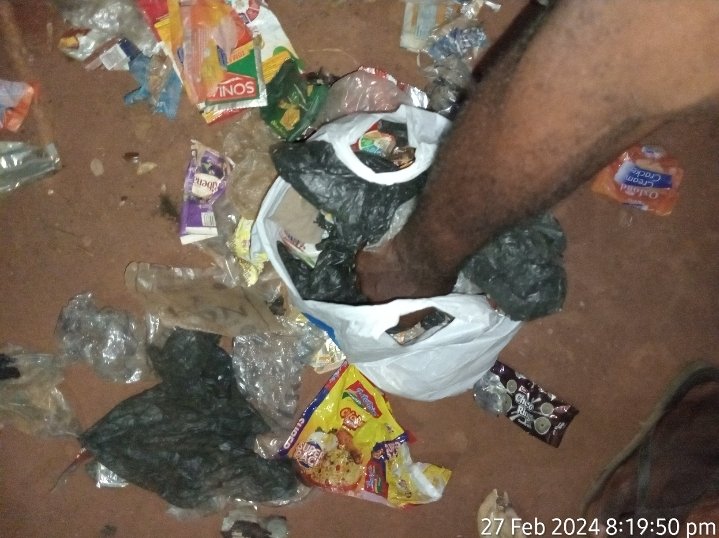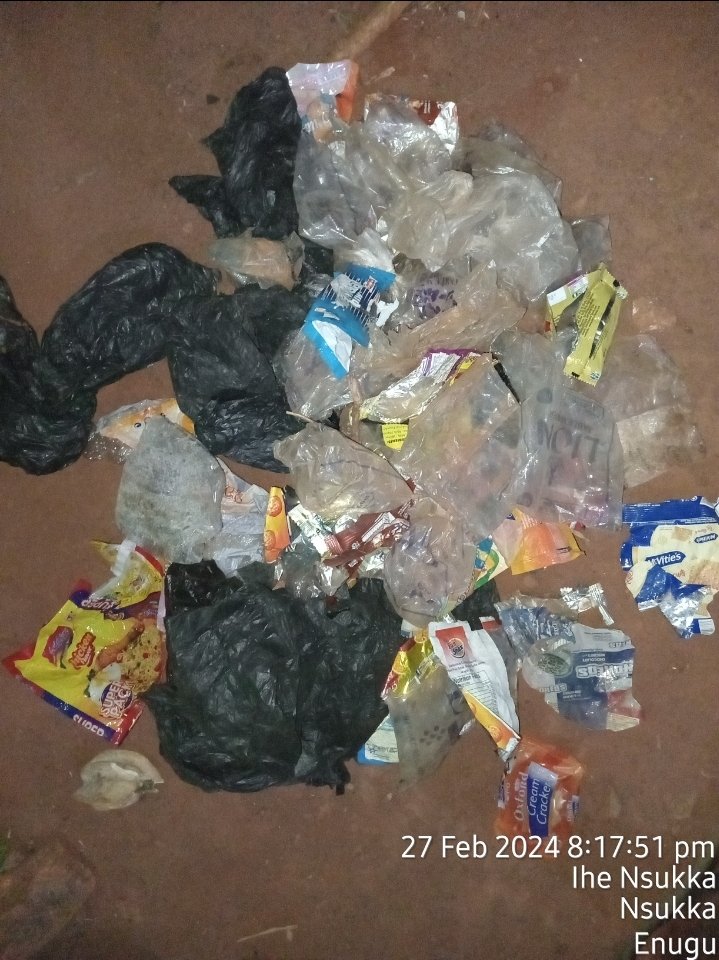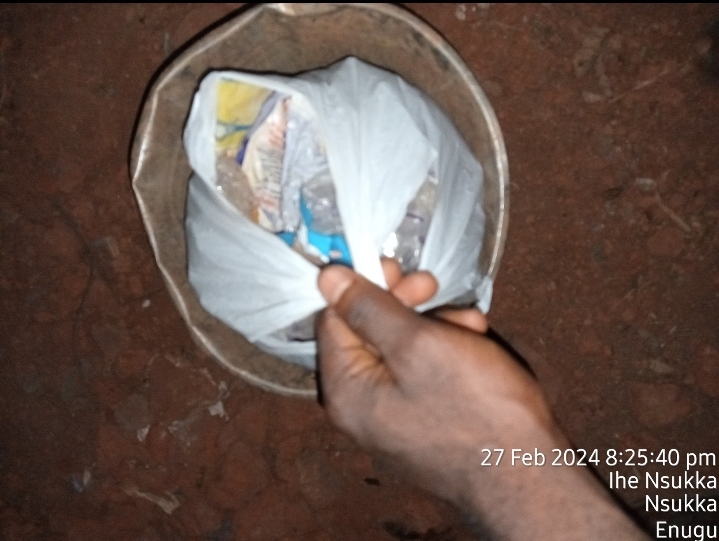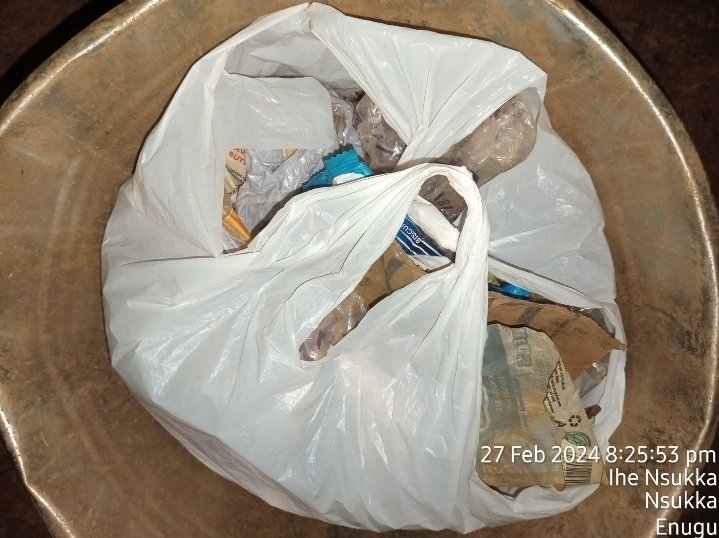Good evening hive community, I hope you all did great today? Well my day was awesome especially after exercising myself today and coming back to the hive community to do my cleaning task for the day. So we will be talk about the physical method of environmental cleaning.
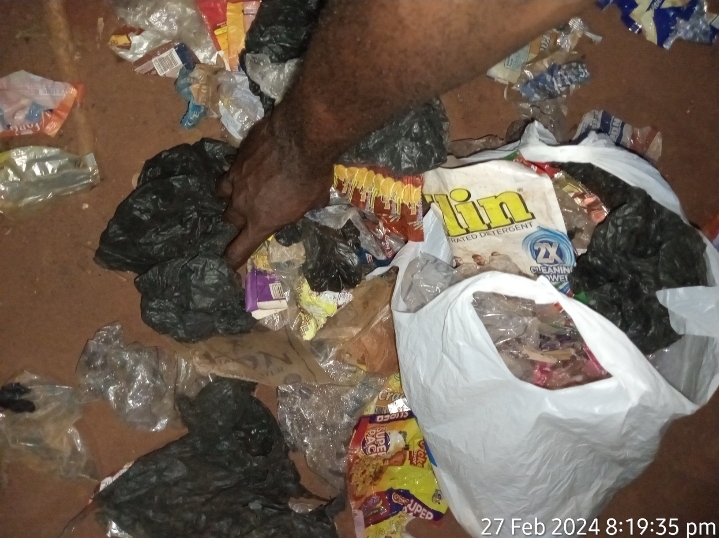
Physical methods of cleaning waste products involve techniques that rely on physical processes to separate, remove, or transform contaminants from various waste streams. These methods are integral to waste management strategies and are often employed alongside chemical and biological processes for comprehensive waste treatment. Unlike chemical methods that involve altering the chemical composition of waste, physical methods focus on the physical properties of materials to achieve cleaning and purification. Here are some common physical methods used in waste cleaning:
Screening: Screening involves the use of screens or sieves with different-sized openings to separate solid waste materials based on particle size. This method is effective for removing large debris, such as plastics, paper, and stones, from solid waste streams.
Gravity Separation: Gravity separation exploits differences in the density of waste components to separate them. It is particularly useful for separating heavy materials, such as metals, from lighter materials in mining, recycling, and wastewater treatment processes.
Filtration: Filtration utilizes porous media to separate solid particles from liquid or gas streams. It is commonly used in water and air purification systems to remove suspended solids, microorganisms, and pollutants.
Sedimentation: Sedimentation involves allowing suspended solid particles to settle out of a liquid phase under the influence of gravity. This method is employed in wastewater treatment plants to separate solids from liquid effluents, producing sludge that can be further processed.
Flotation: Flotation relies on the attachment of air bubbles to particles suspended in a liquid phase, causing them to rise to the surface and form a froth layer that can be removed. This method is used to separate fine particles from liquid streams in mineral processing and wastewater treatment.
Magnetic Separation: Magnetic separation exploits the magnetic properties of certain materials to separate them from non-magnetic substances. It is commonly used to recover ferrous metals from waste streams and in recycling applications.
Incineration: Incineration involves the combustion of waste materials at high temperatures. It is effective for reducing the volume of solid waste and destroying hazardous organic compounds, pathogens, and contaminants. However, it can generate air pollutants and ash residues that require proper treatment and disposal.
Physical methods of cleaning waste products are essential for mitigating environmental pollution, conserving resources, and promoting sustainable waste management practices. By employing these techniques judiciously, communities and industries can minimize the environmental impact of waste generation and disposal while maximizing resource recovery and reuse.
